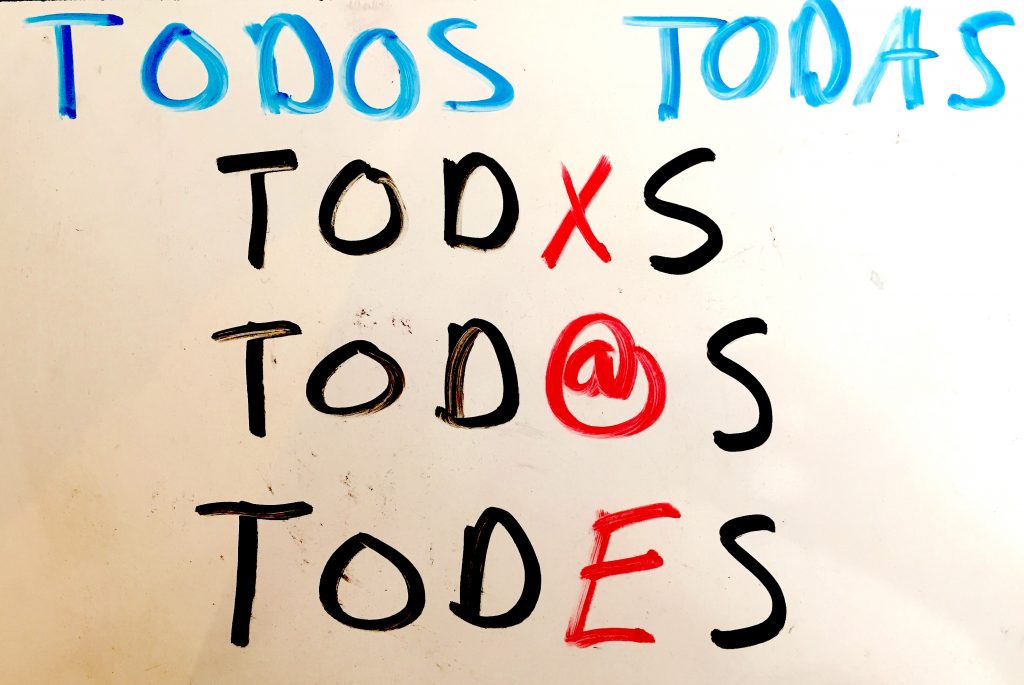Having trouble motivating students? Getting ready to send your graduating Spanish students off to college and into the world – hoping that they’ll continue their language studies?
 For a lot of students, motivation to learn certain subjects doesn’t come simply because they enjoy learning, but later on, once they have a practical application for the knowledge. Take for example, the pilot who failed many of his high school math and science classes, but once he was allowed to fly a plane had no trouble acing calculus and physics. Or the veterinarian who never cared much for chemistry until she needed it to learn how to treat her patients. So what about the Spanish student?
For a lot of students, motivation to learn certain subjects doesn’t come simply because they enjoy learning, but later on, once they have a practical application for the knowledge. Take for example, the pilot who failed many of his high school math and science classes, but once he was allowed to fly a plane had no trouble acing calculus and physics. Or the veterinarian who never cared much for chemistry until she needed it to learn how to treat her patients. So what about the Spanish student?
Hopefully your students are fortunate enough to have an immersion experience, which is often enough to make students see and appreciate how speaking a foreign language opens up the world to them. But since that isn’t a possibility for everyone, here are a few things you can do to make the connection between the academic and the practical in your own classroom:
1. Invite bilingual professionals to speak to your class
From medical professionals to journalists to business people to policy-makers, there are plenty of people who live in the U.S. but have broader opportunities (and sometimes higher pay) because of their language skills. Find out some of the career interests of your students and try to identify professionals in those fields who can talk to your class about what it means to be bilingual in that field. Have your students prepare interview questions beforehand.
2. Invite international volunteers to speak to your class
If students aren’t clear on what career they might eventually pursue, at least you can help them see some interesting experiences that Spanish can afford them along the way. Many college students and young adults spend time abroad volunteering in Latin America. From farming to working in underpriviledged communities to working at a biological research station in the rainforest, the opportunities are endless. Have a volunteer (or a panel of volunteers) talk about their experience, and have the class interview them in Spanish.
3. Invite a local Spanish-speaker to speak with your class and teach them something
There are sizable Latino populations in most U.S. cities at this point, and it will help your students to realize that they can interact with and start to understand this sector of society, even if they’re beginning level Spanish students. Find a Spanish-speaker who is willing to talk to your class, be interviewed, and perhaps share part of their culture with them (i.e. teach them a dance, or how to prepare a favorite meal, etc.)
If you’re interested in these opportunities, but aren’t sure how to find eligible individuals, contact Common Ground and we’ll help you identify potential classroom visitors.




